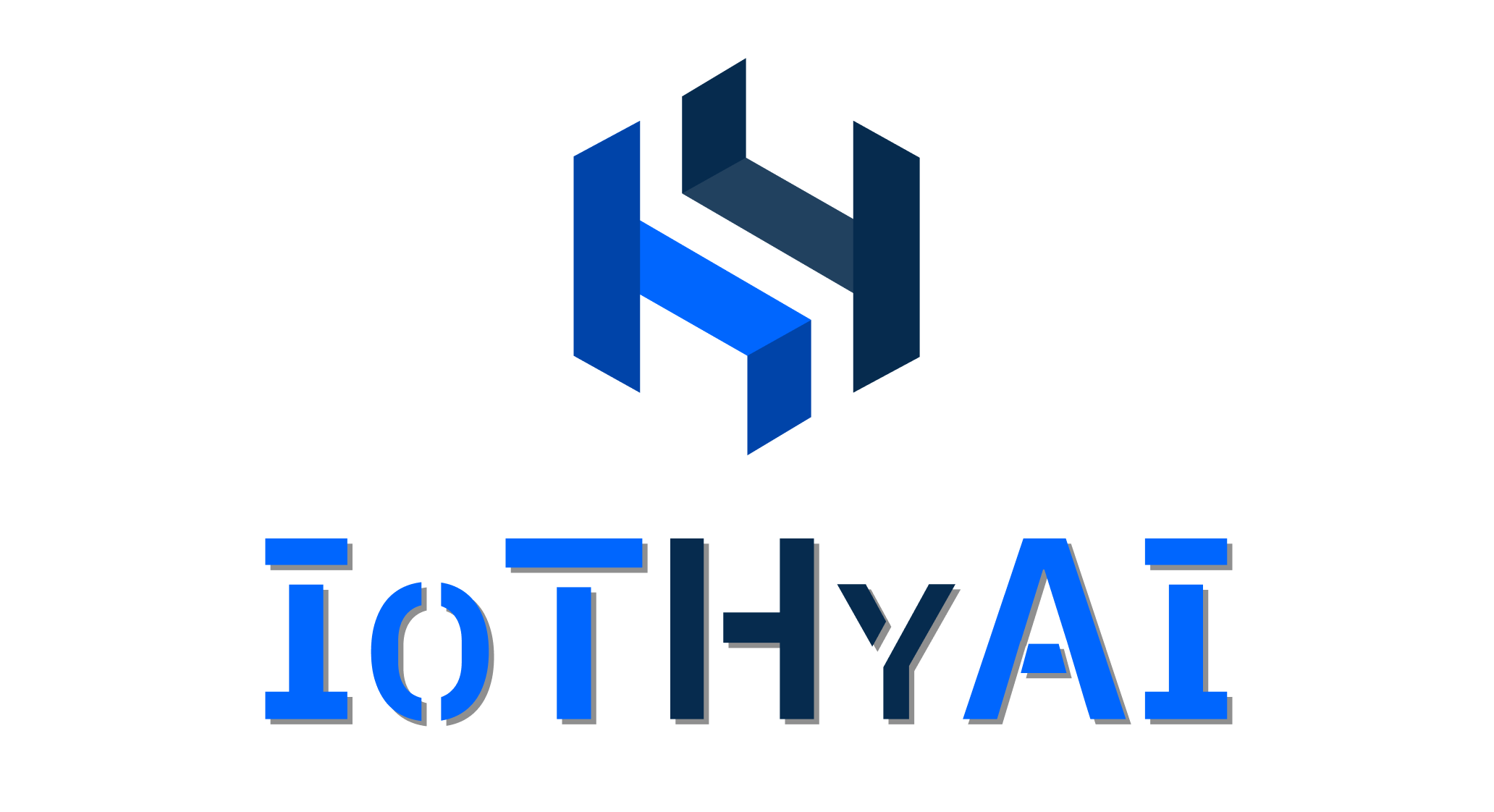The Solution: Global Motors Corporation recognized the potential of IoT systems in revolutionizing traditional manufacturing processes and supply chain management. They invested in IoT-enabled systems that integrated machine and product design, enabling real-time monitoring and analysis of manufacturing operations.
- IoT Systems for Machine Design: Global Motors Corporation implemented IoT sensors and devices on manufacturing equipment throughout their production facilities. These sensors collected data on various parameters such as machine performance, temperature, pressure, and energy consumption. This data was then transmitted to a centralized system for analysis.
- IoT Systems for Product Design: In addition to machine design, IoT technology was also incorporated into the product design phase. Sensors were embedded in vehicles during the design process to collect data on performance, usage patterns, and potential issues. This data was invaluable for improving product quality and reliability.
The Results: The implementation of IoT systems for machine and product design yielded significant improvements across multiple areas, resulting in tangible business outcomes for Global Motors Corporation.
- Increased Efficiency: By leveraging real-time data from IoT sensors, Global Motors Corporation was able to identify and address inefficiencies in their manufacturing processes. Predictive maintenance algorithms helped prevent equipment failures and minimize downtime, ensuring optimal productivity levels.
- Reduced Production Costs: The optimization of manufacturing processes through IoT technology led to a 20% reduction in production costs for Global Motors Corporation. By streamlining operations and minimizing waste, the company achieved greater cost efficiency without compromising on product quality.
- Improved Supply Chain Visibility: IoT-enabled supply chain management systems provided Global Motors Corporation with enhanced visibility and control over their entire supply chain network. Real-time tracking of inventory levels, production schedules, and logistics operations enabled proactive decision-making and optimized resource allocation.
- Enhanced Competitiveness: The implementation of IoT systems not only improved internal efficiency but also strengthened Global Motors Corporation’s competitive position in the market. With lower production costs and improved supply chain visibility, the company was better equipped to meet customer demands and respond to market dynamics effectively.
In conclusion, Global Motors Corporation’s adoption of IoT technology for manufacturing and supply chain optimization yielded transformative results. By harnessing the power of data and connectivity, the company achieved increased efficiency, reduced costs, and enhanced competitiveness, positioning itself for sustained success in the automotive industry.


